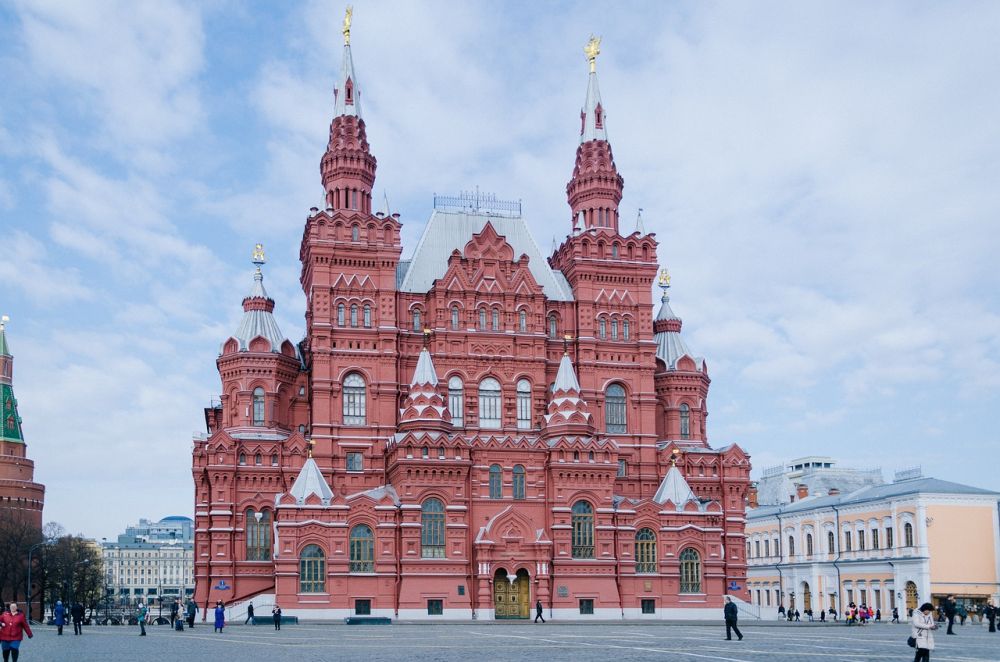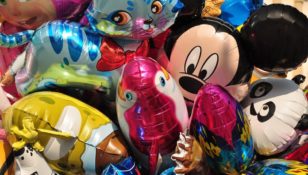Lerin Museum: Upplevelser i konstvärlden

Introduction:
Lerin Museum is a renowned institution in the world of art, offering visitors a unique and immersive experience. In this article, we will provide an in-depth overview of Lerin Museum, including its types, popularity, and quantitative measurements. We will also delve into the differences between various Lerin Museums and examine their historical pros and cons.
Lerin Museum Overview

Lerin Museum is a collection of art galleries located in different cities around the world. Each museum showcases a vast repertoire of works by talented artists, with a focus on contemporary art. The museum aims to provide a space where visitors can engage with art, explore different artistic expressions, and be inspired.
Types of Lerin Museums
There are three main types of Lerin Museums: Contemporary Lerin Museum, Modern Lerin Museum, and Traditional Lerin Museum. Each type offers a distinct experience and caters to different preferences.
1. Contemporary Lerin Museum:
This type of museum focuses on showcasing cutting-edge and avant-garde artworks. It often features experimental installations, interactive exhibits, and unconventional mediums. Contemporary Lerin Museums strive to challenge traditional notions of art and provide visitors with thought-provoking experiences.
2. Modern Lerin Museum:
Modern Lerin Museums primarily exhibit artworks created in the early 20th century. These museums celebrate the works of renowned modern artists and offer a comprehensive look into the development of modern art movements. Visitors can expect to see famous works by artists such as Picasso, Monet, or Van Gogh.
3. Traditional Lerin Museum:
Traditional Lerin Museums focus on preserving and exhibiting works that reflect classical art styles and techniques. These museums often house collections of historical significance and feature artworks from different periods, including Renaissance and Baroque. Traditional Lerin Museums provide visitors with an opportunity to appreciate art through a historical lens.
Popularity and Quantitative Measurements
Lerin Museums attract a diverse range of visitors, from art enthusiasts to casual viewers. The popularity of each museum can be evaluated through several quantitative measurements:
1. Number of Visitors:
Lerin Museums receive thousands, and sometimes millions, of visitors annually. The number of visitors reflects the overall appeal and interest in the museum’s collections and exhibitions.
2. Online Engagement:
Social media followers, website traffic, and online interactions provide insights into the museum’s popularity. Lerin Museums that actively engage with their online audience through captivating content and digital initiatives tend to have a broader reach.
3. Exhibition Ratings:
Visitor feedback, reviews, and ratings of specific exhibitions within Lerin Museums offer valuable insights into the success and reception of different art displays.
Differences Between Lerin Museums
Despite sharing the Lerin Museum name, each institution has its own unique characteristics and differentiates itself in various ways:
1. Collection Focus:
While all Lerin Museums boast diverse art collections, their specific focus areas may vary. Some museums concentrate on contemporary artists, while others prioritize historical masterpieces or emerging talents.
2. Architectural Design:
The physical infrastructure and architectural design of Lerin Museums differ from location to location. Some museums are housed in modern, minimalist structures, while others may occupy historical buildings, adding to the overall ambiance.
3. Collaborations and Special Exhibitions:
Lerin Museums often collaborate with other institutions and artists to host special exhibitions. These collaborations contribute to the distinctive offerings and ensure that each Lerin Museum maintains its individuality.
Historical Pros and Cons of Lerin Museums
Throughout history, Lerin Museums have faced both advantages and challenges:
1. Advantages:
– Preservation of Artistic Heritage: Lerin Museums play a vital role in preserving and showcasing artistic achievements from different eras, ensuring their cultural significance is not forgotten.
– Educational Opportunities: These museums offer educational programs, lectures, and workshops, providing visitors with a chance to learn about art history and artistic techniques.
– Promoting Cultural Exchange: Lerin Museums often exhibit works from various cultures, promoting cross-cultural understanding and appreciation.
2. Challenges:
– Accessibility: Some Lerin Museums may face challenges in terms of location, making it difficult for individuals from remote areas or with limited mobility to visit.
– Reproducing Artistic Experience: Translating the immersive experience of viewing art in person into a digital format can pose challenges, especially during times when physical visits are limited.
In conclusion, Lerin Museum offers Upplevelsejägare a rich and diverse experience in the world of art. With its unique types of museums, popularity reflected through quantitative measurements, distinct differences between locations, and historical pros and cons, Lerin Museum continues to captivate and inspire visitors from all walks of life.

















